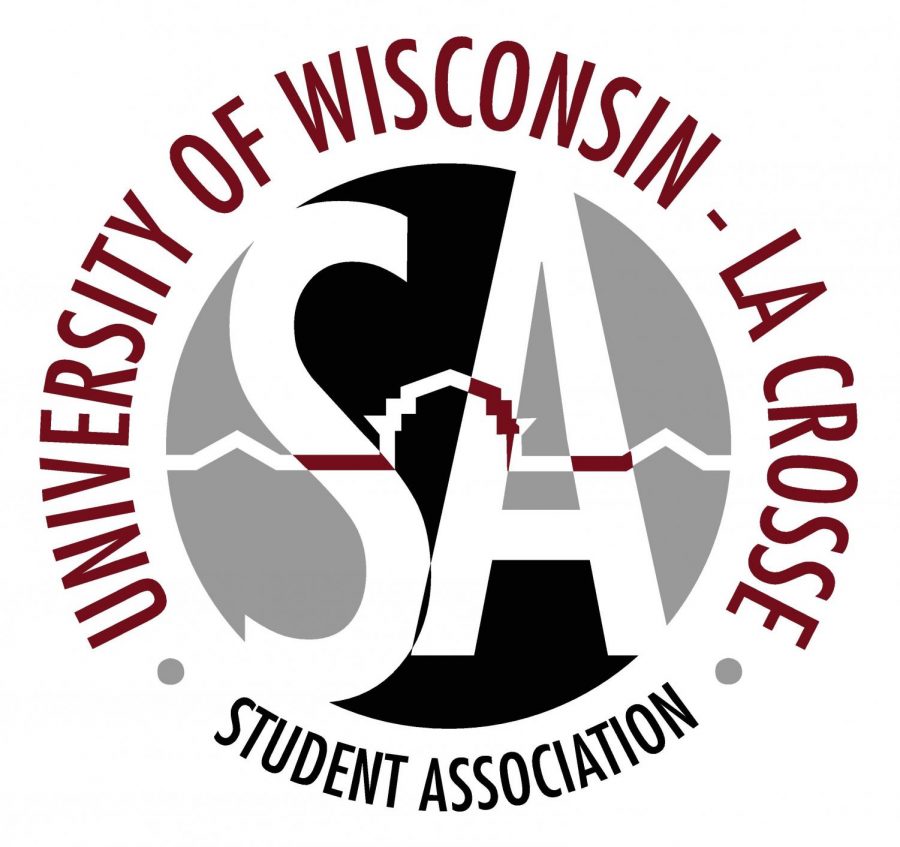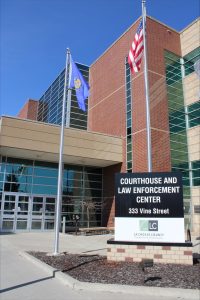Student Association discusses money reallocation and potential updates to class registration
October 15, 2021
On Wednesday Oct. 13, the University of Wisconsin-La Crosse Student Association (SA) met to discuss early registration for student-athletes, and other future resolutions on campus.
At the beginning of the meeting Director Olivia Woodmansee began by discussing Student Association and their available campus resources that allow SA to implement new ideas or projects with constituents. Director Woodmansee pointed out that SA is here with a purpose, she said, “You’re here because in state-statue it’s written that the students have the primary responsibility for advising the chancellor regarding the formulation and review of policies concerning student life, services, and interests.”
Director Woodmansee went on to cite Wisconsin State Statute 36.09 (5) that states, “The students of each institution or campus subject to the responsibilities and powers of the board, the president, the chancellor, and the faculty shall have primary responsibility for advising the chancellor regarding the formulation and review of policies concerning student life, services, and interests.” She asserted that this statute gives SA jurisdiction over topics that involve student life, services, and interests. Director Woodmansee reiterated the importance of student-led leadership and said, “It’s really important that we voice our concerns constantly.”
SA also discussed a bit about students’ bills and the tuition freeze. Though there are many benefits to a tuition freeze for students, this is also a double-sided sword. Director Woodmansee said, “The price of running an institution goes up every year, but the amount of money we have does not.”
She elaborated and acknowledged that “This last year the legislature did not include [the tuition freeze] in their budget.” When it comes to the effects it has on UWL, Director Woodmansee said, “The purview goes down to the board in terms of setting tuition which means there’s a potential for the board to increase tuition within the next year. We are not sure that is going to happen yet, but it’s something to consider.”
SA also discussed the Green Fund and some of the limitless possibilities for students. Senator Andrew Ericson reiterated the availability within the fund and said, “Each student pays around 10 dollars, and that money gets pooled together, and students, faculty, and staff can write grants to fund sustainable projects.” Some examples of these projects include the solar panels being installed on the rec as well as the use of the Ozzi system on campus.
Additionally, SA discussed implementing a taxi service or more accessible shuttling services and discussed the goal of increasing ridership on public transportation at UWL. SA also discussed fees that are associated with tuition, Director Amy Schweiner, who is leading the project said, “Some of the segregated fees go towards free bus passes for students. We could possibly reroute that money to something that would be more accessible and useful to students which would be like having a shuttle that functions like a free uber.”
SA also discussed a resolution in support of early class registration for student-athletes. This resolution would allow students who are a part of a team (past tryouts) to be in the second wave of priority when it comes to scheduling classes. When Senator Fitzgerald was discussing this resolution, she said “We are the only school that does not offer some type of early registration for student-athletes.”
Additionally, when asked about special treatment for athletes at UWL, Senator Fitzgerald said, “Athletes at UWL and D3 athletes, in general, are not playing their sport because of the money, the fame, or the benefits, we play the sport because we like to play the game and we want to keep playing but it comes to a point where students are being forced to choose between school and athletics, and that’s what this [resolution] is trying to alleviate.”
Director Woodmansee also said that athletes make up, “six percent of the student population, and it would make a larger difference to them than the 94 percent [of non-athletes].” Moving forward, this is an ongoing discussion that will continue within the next meetings.






